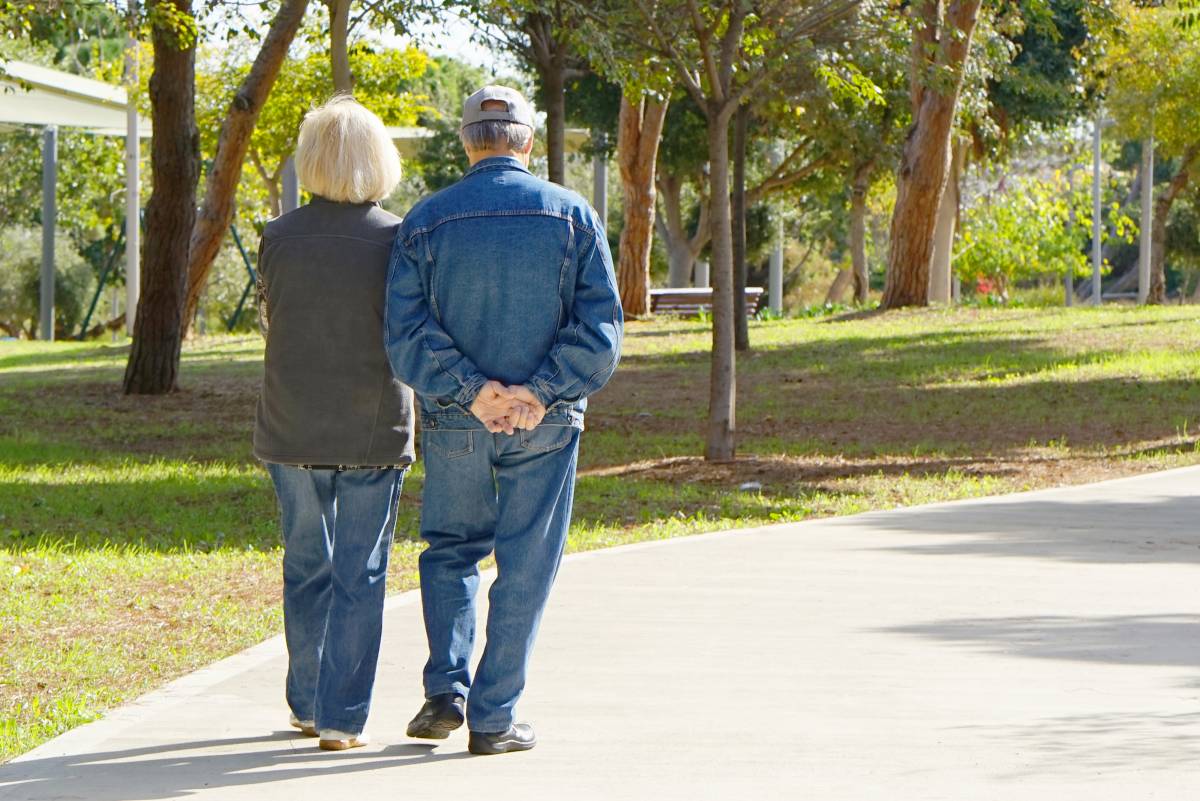Regular exercise with dietary advice linked to better mobility in frail older people: The BMJ
Giving frail older people living in the community a programme of regular exercise alongside expert dietary advice has been linked to a reduction in their mobility problems, a paper appearing in today’s edition of The BMJ (12 May) suggests.
The paper’s first author is Roberto Bernabei, who works at the department of geriatrics and orthopaedics at the Università Cattolica del Sacro Cuore in Rome. The large team conducted a trial conducted as part of the Sarcopenia and Physical fRailty IN older people: multi-componenT Treatment strategies (SPRINTT) project.
Participants combined aerobic (walking), strength, flexibility, and balance exercises with personalised nutritional counselling. As a result, the level of mobility disability among them fell by almost a quarter (22 per cent) over three years.

Randomised control groups
A pool of 1,519 men and women (average age 79 years) with physical frailty and sarcopenia (a combination of reduced physical function and low muscle mass) were recruited from 16 clinical sites in 11 European countries from 2016-2019. Of these, 760 participants were randomised to the intervention, 759 received education on healthy ageing (controls), and all were monitored for up to 36 months.
Those deemed to be physically frail and to have sarcopenia had physical performance battery (SPPB) scores of three to nine points (score range 0 to 12, with lower scores indicating poorer physical function) and low levels of muscle mass. They could walk 400 metres in 15 minutes independently.
The intervention group received twice weekly moderate intensity physical activity sessions at a centre and up to four times weekly at home alongside personalised nutritional counselling. Activity was measured by actimeters worn on the participants’ thighs.
Controls followed instructor-led sessions
Controls received education on healthy ageing once a month and a brief instructor-led programme of upper body stretching exercises or relaxation techniques. Among participants with SPPB scores of from three to seven at the start of the trial, mobility disability occurred in 47 per cent assigned to the intervention and 53 per cent of the controls.
Persistent mobility disability (inability to walk 400 metres on two consecutive occasions) occurred in 21 per cent of intervention participants compared with 25 per cent of controls. SPPB scores increased more in the intervention group than in controls at both 24 months and 36 months (average differences of 0.8 and 1 point, respectively).
Women in the intervention group lost less muscle strength (0.9 kg at 24 months) and less muscle mass (0.24 kg and 0.49 kg at 24 months and 36 months, respectively) than control women, but no significant group differences were seen in men.
The risk of adverse events was, however, greater among intervention participants (56 per cent) than controls (50 per cent). In a separate analysis of participants with better mobility (SPPB scores of 8 or 9 at the start of the trial), the intervention did not affect the risk of developing mobility disability and had marginal effects on physical performance.
Trial had some limitations
The team of researchers acknowledge that their approach had some limitations. For example, older adults with important cognitive deficits were not included, and almost all participants were white, so findings may not apply to other ethnic groups.
However, retention and adherence to interventions were high compared with other similar trials, and their use of validated tests in a geographically and culturally diverse group of frail older people across Europe, suggests that results are solid. As such, they conclude that such an intervention ‘may be proposed as a strategy to preserve mobility in older people at risk of disability’.
'Compelling evidence'
[The findings help to] ... provide compelling evidence that mobility in the community can be preserved among vulnerable older people through structured physical activity, with walking as the primary modality [Thomas Gill, Yale School of Medicine]
In a linked editorial, Thomas Gill, Humana Foundation professor of geriatric medicine at the Yale School of Medicine, Connecticut, argues that findings presented by Dr Bernabei and his colleagues help to confirm the benefits of structured physical activity in older adults living in the community.
Professor Gill acknowledges that translating even the best designed trial findings into clinical practice can be challenging, but says these findings, along with those from another large US trial (the LIFE Study), ‘provide compelling evidence that mobility in the community can be preserved among vulnerable older people through structured physical activity, with walking as the primary modality’.
Confirming these findings in SPRINTT ‘would further strengthen the case for developing, implementing, and supporting community based physical activity programmes to preserve independent mobility among vulnerable older people’, he concludes.
Factfile
- US and EU data indicate that about 13 per cent of adults aged 70 years and older living in the community have mobility disability
- these problems are linked to a poor quality of life, admission to hospital or residential care, and death, as well as greater healthcare costs
- safe and effective ways are needed to preserve mobility in older people, who are at risk of further decline
To see the full version of the paper, titled Multicomponent intervention to prevent mobility disability in frail older adults: randomised controlled trial (SPRINTT project), visit: https://www.bmj.com/content/377/bmj-2021-068788
The linked editorial, titled Preserving community mobility in vulnerable older people, is available at: https://www.bmj.com/content/377/bmj.o1084.pdf
Author: Ian A McMillanShare it with














